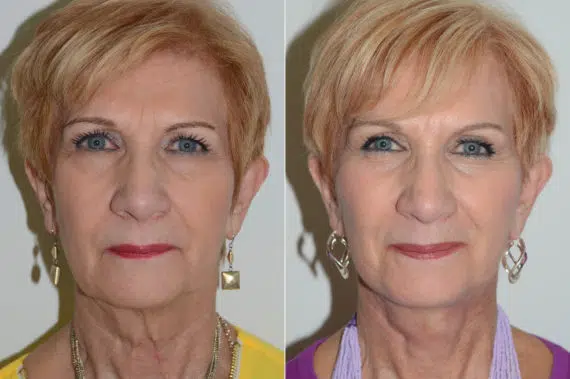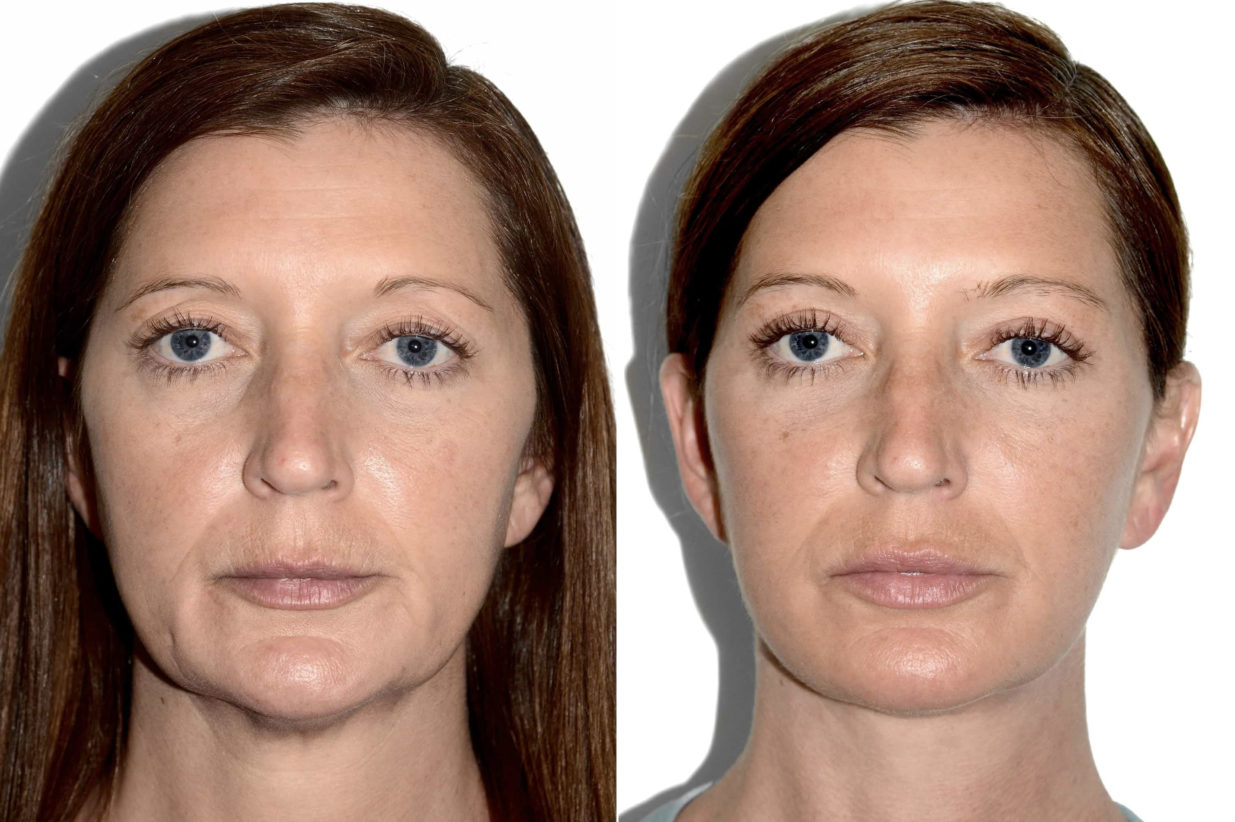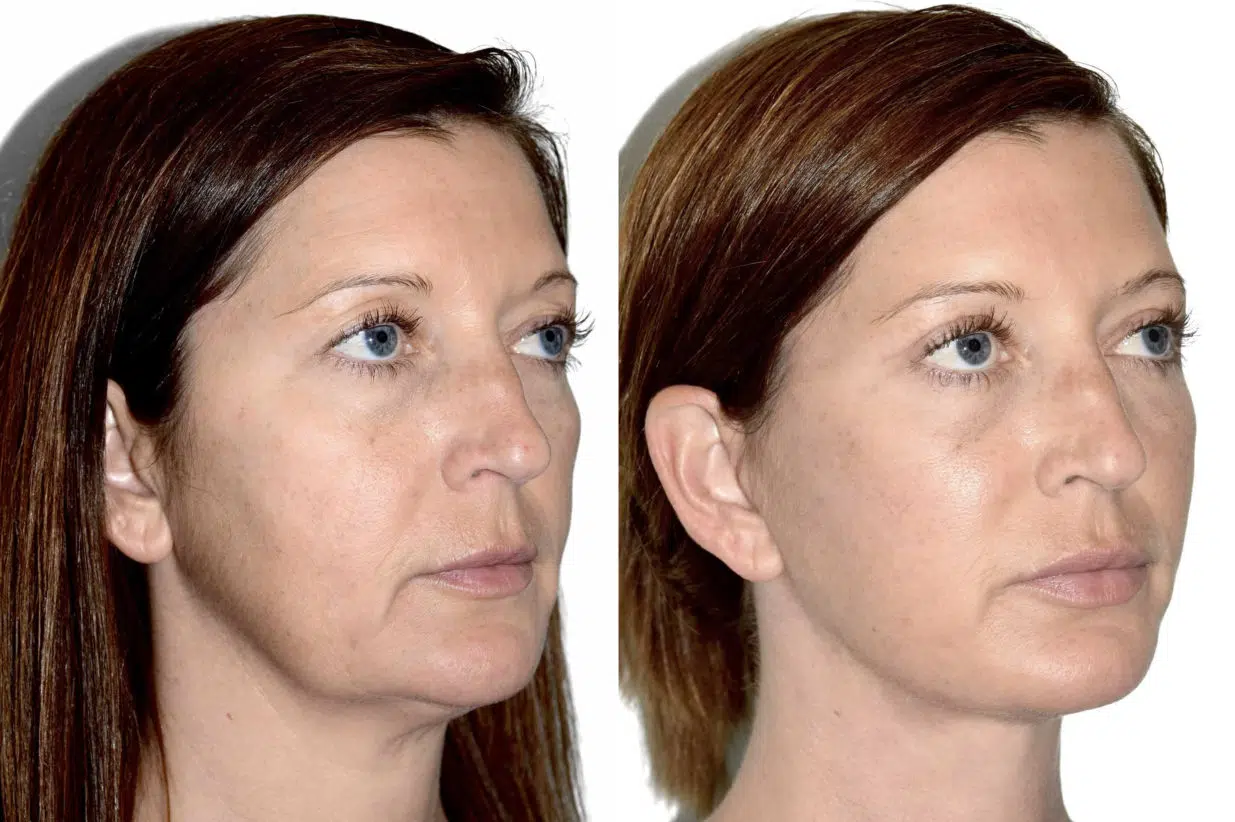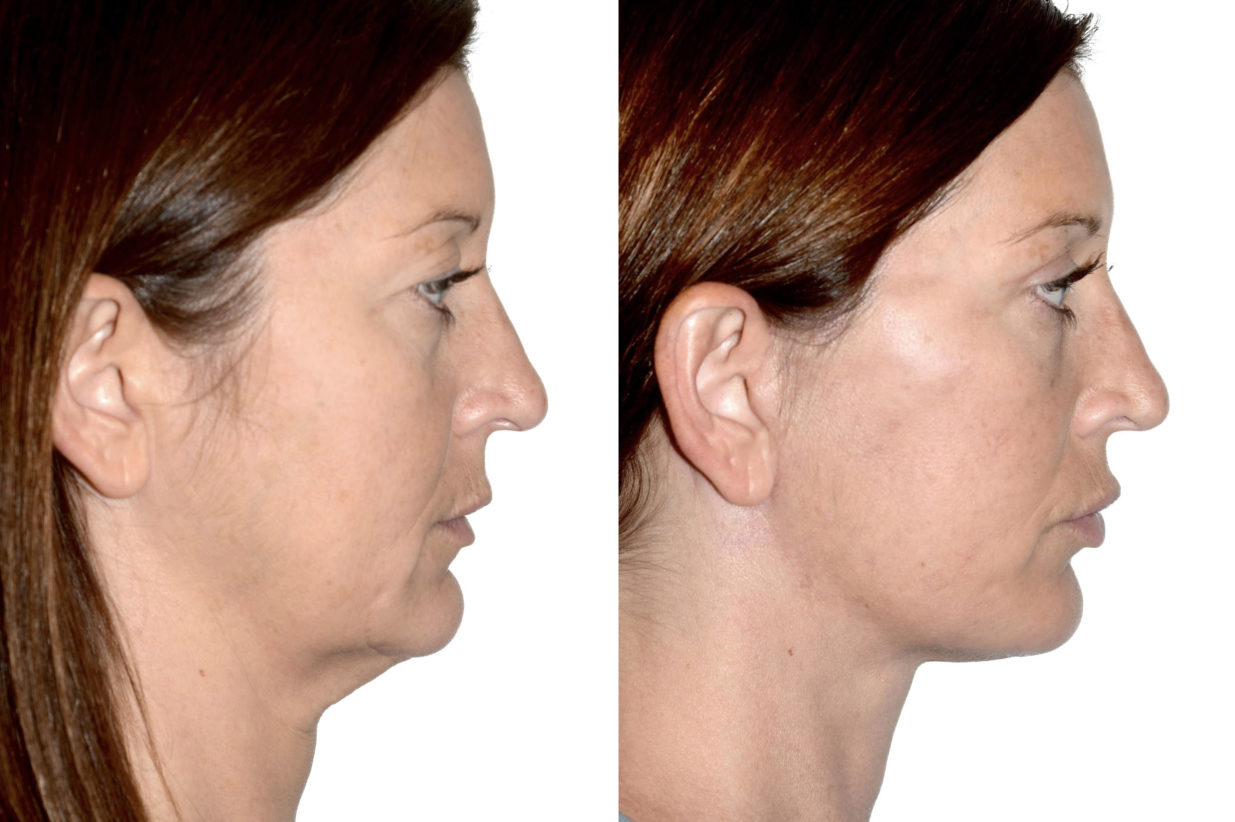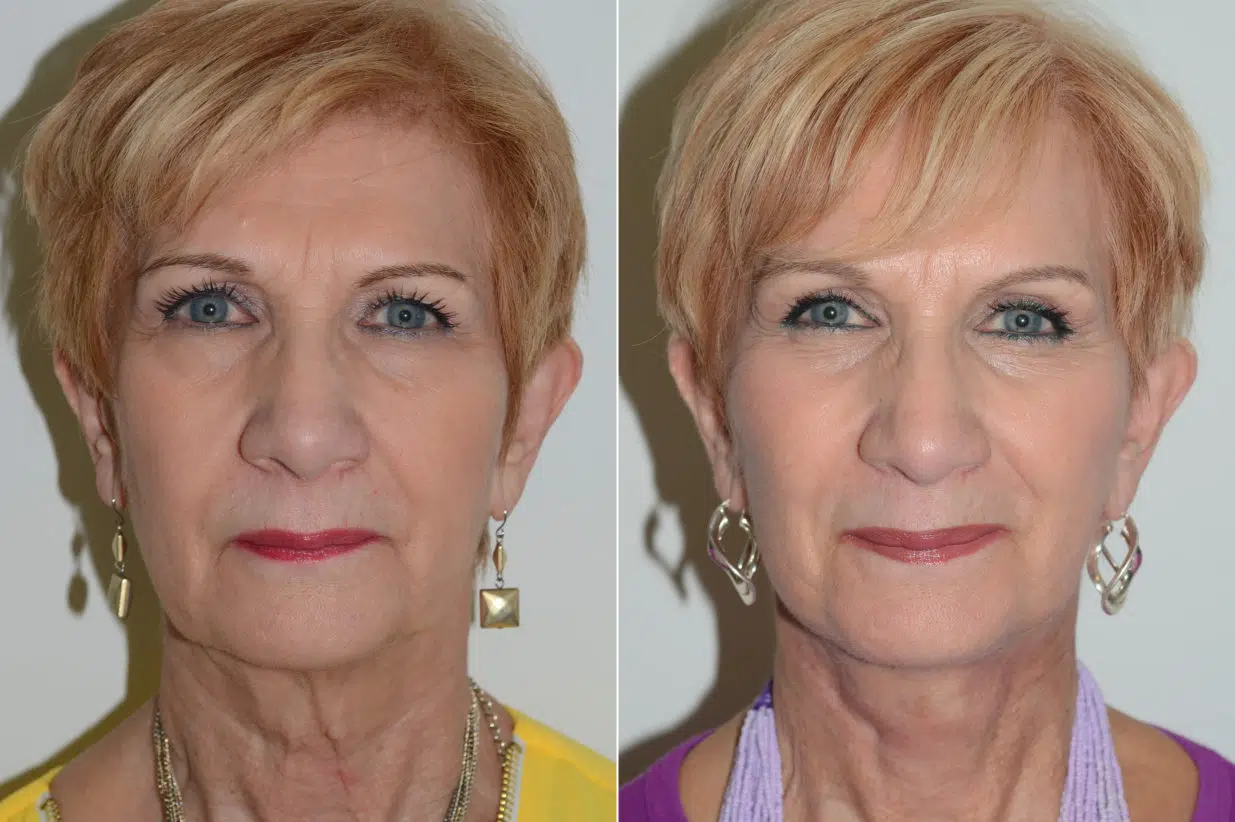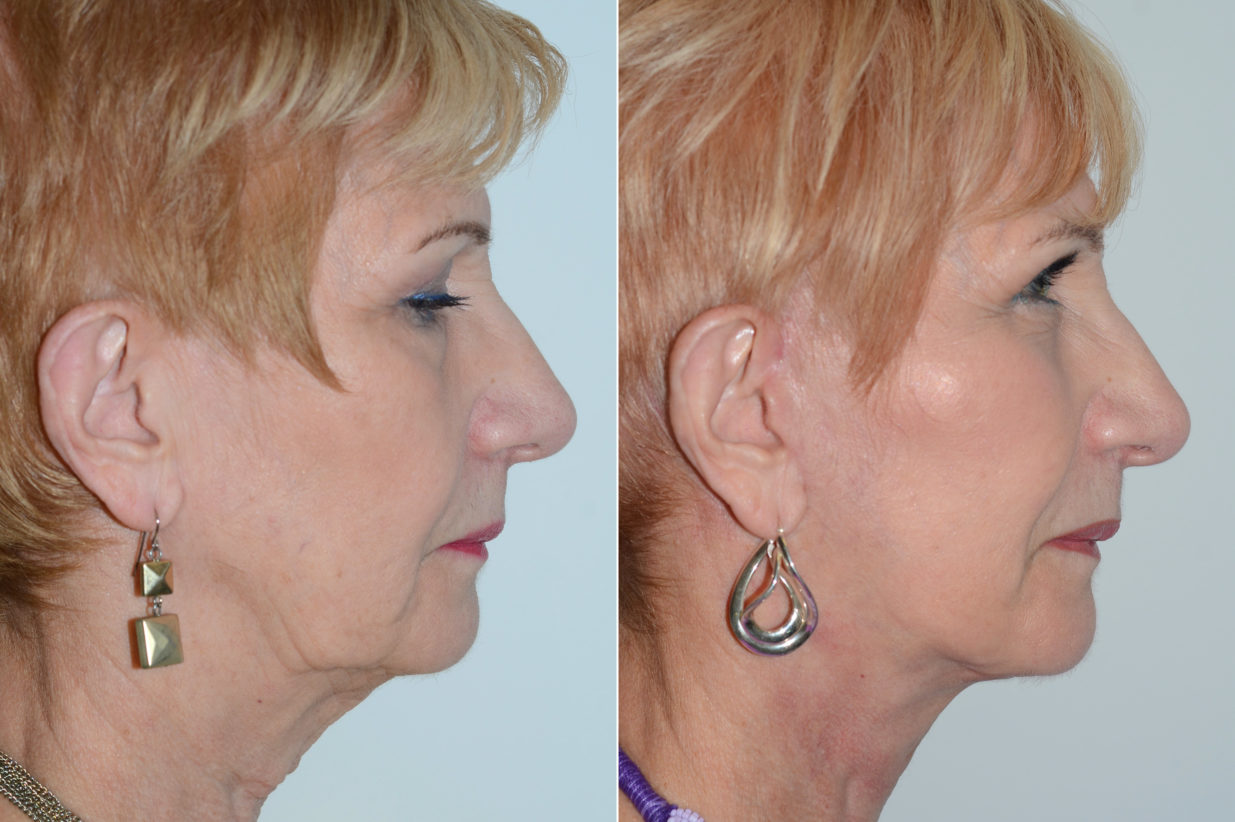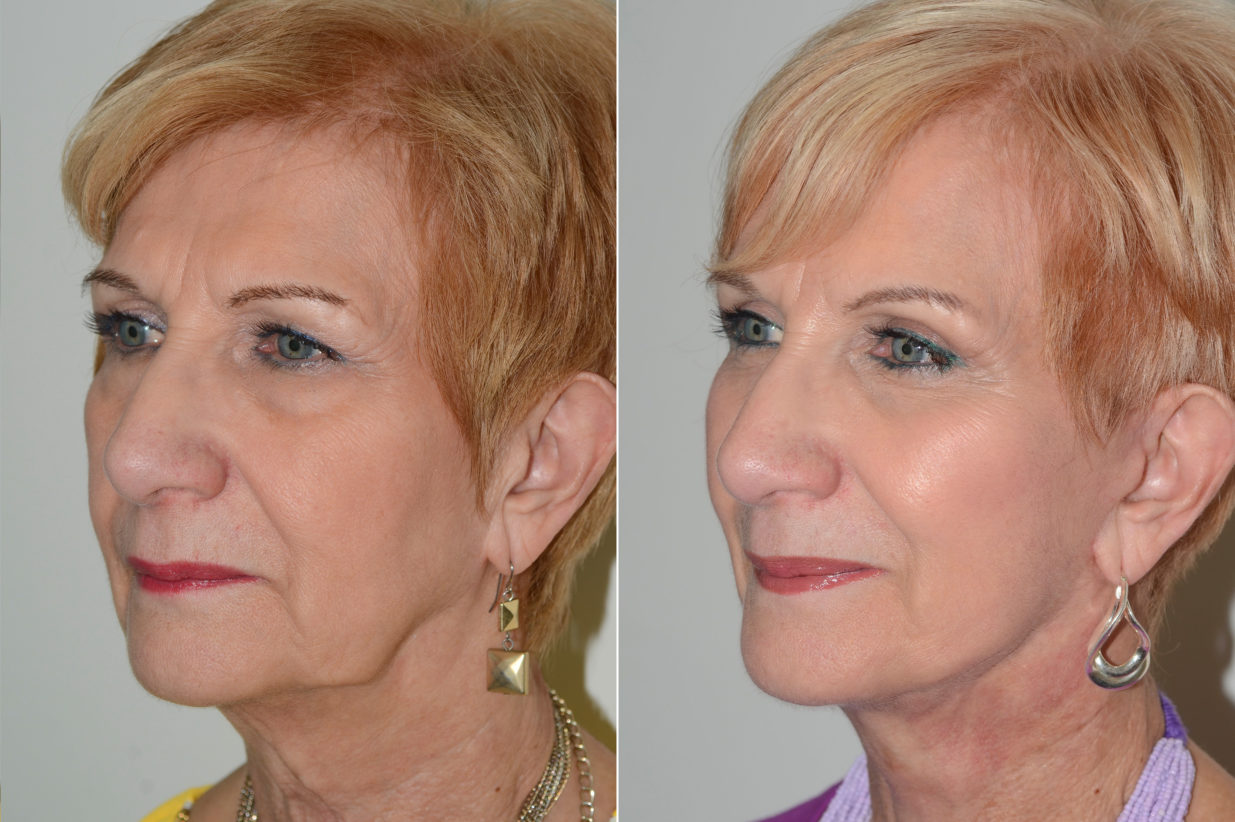Deciding when to get a facelift—or asking, “when is the best time to get a facelift?”—can feel daunting. Everyone ages at a different pace, and what you see in the mirror doesn’t always match how energized you feel inside. Below, Miami facial plastic surgeon Dr. Andres Bustillo breaks down the timing question, explains how skin elasticity changes over time, and shares two real patient journeys to show what’s possible.
Science shows that facial aging is gradual, not sudden.In your 30s, the skin’s “bounce” is still robust; by the mid‑40s, deeper folds appear as fat pads descend; in your 50s and 60s, skin laxity and neck banding become more obvious. Knowing how these changes unfold lets you act before sagging becomes severe, often producing subtler, longer‑lasting results.

Why Timing Matters When Thinking About a Facelift
- You’ll get better facelift results if your skin still has some bounce to it—that natural stretch helps everything heal and settle nicely.
- Getting a facelift a little earlier often means smaller changes that look more natural and last longer.
- You could be spending a lot on temporary fixes like fillers without realizing a facelift might give you more value in the long run.
- Getting a facelift doesn’t mean you’re old—it just means you’re ready to refresh the way you look and feel.
- If you’re starting to feel like your reflection doesn’t match your energy, it might be the right time to consider something more lasting.
The Ideal Age Range for a Facelift and Why It’s Not One‑Size‑Fits‑All
Most facelift candidates fall between their early 40s and late 60s, but age is only one piece of the puzzle. Genetics, bone structure, sun exposure, weight fluctuations, and prior cosmetic treatments all shape the decision. Dr. Bustillo often recommends deep‑plane techniques for patients with good underlying skin tone but noticeable jowling, while mini facelifts can suit younger patients showing mild lower‑face laxity. Healthy individuals in their 70s—even 80s—may still be candidates if they have realistic goals and good overall health.
How to Decide
- Assess your baseline: Viewing photos from five or ten years ago can help.
- Consider longevity: A full facelift can last 10–15 years, while fillers need maintenance every 6–12 months.
- Think lifestyle: If you have a major event in 6 months, allow plenty of healing time.
- Consult a specialist: Only a board‑certified facial plastic surgeon can evaluate your anatomy and goals.
Deep Plane Facelift Before and After Photos
Each patient is unique and individual results may vary*.
9 Clear Signs You May Be Ready for a Face‑Lifting Procedure
Even with diligent skin care, certain changes signal it may be time to trade quick fixes for long‑term rejuvenation.
You’ve maxed out the benefits of fillers and other non‑surgical options
You’re topping off syringes every few months, yet your cheeks still look flat and those marionette lines seem to deepen overnight. Switching to surgical lifting repositions tissue instead of masking descent.
You see jowls, sagging skin, or deep folds that bother you daily
When contour loss along the lower face draws your eye in every selfie, structural tightening may be the remedy.
Your cheeks have lost volume and appear sunken or flat
A deep‑plane or SMAS facelift re‑suspends cheek fat pads to their youthful, higher position; fat transfer can add gentle fullness.
Your jawline has lost definition and looks soft or heavy
By releasing and re‑anchoring deeper layers, a facelift sharpens the mandibular border and smooths “bulldog” jowls.
You notice loose neck skin or a “turkey‑neck” appearance
Pairing a neck lift with a facelift eliminates vertical bands and excess fat under the chin, restoring a firmer neck silhouette.
You feel your face doesn’t reflect your energy level
A rested exterior can boost confidence at work and socially—studies show patients often feel 10–15 years younger post‑procedure.
Makeup no longer sits well due to skin laxity or folds
Foundation settling into creases is a tell‑tale sign skin support structures have weakened beyond topical repair.
Friends or family ask if you’re tired or stressed—even when you’re not
Repetitive comments may indicate your expressions are sending the wrong message.
You want a long‑term investment—not constant upkeep
Over a decade, a facelift frequently costs less than repeated injectables and yields more comprehensive results.
Questions about your procedure?
Schedule a consultation with Dr. Andres Bustillo.
Real Facelift Results from Dr. Andres Bustillo’s Miami Patients
Dr. Bustillo’s gallery highlights hundreds of successful cases. Here are two that illustrate the range of possibilities.
Early‑40s Patient with Subtle Midface Sagging and Jawline Softness
This patient was beginning to notice early sagging along the lower cheeks and jawline that made her look more tired than she felt. Dr. Bustillo performed a deep plane facelift to lift the midface, refine the jawline, and smooth out early folds around the mouth—all while preserving her natural features. The result is a more refreshed, rested appearance that still looks like her—just more vibrant and youthful.
Late‑60s Patient with Noticeable Jowls and Neck Skin Laxity
This patient wanted to rejuvenate her appearance while still looking natural and age-appropriate. Dr. Bustillo performed a deep plane facelift and neck lift to address heavy jowls, loose neck skin, and overall facial laxity. The after photo shows a beautifully refined jawline, smoother neck contours, and a brighter, more alert facial expression—all without a “pulled” look. Her features remain authentic, just refreshed and more harmonious.
Seeing is believing—explore more before‑and‑after photos during your private consultation.
Emotional and Lifestyle Factors to Consider Before Surgery
- Are you doing this for yourself—not others? Motivation rooted in personal confidence rather than external pressure predicts higher satisfaction.
- Do you have time to plan for recovery? Most patients take two weeks off work and limit strenuous activity for four; good planning avoids stress and optimizes healing.
- Are your expectations realistic and positive? A facelift refreshes your features; it doesn’t turn you into someone else. Clear goals discussed at consultation lead to happier outcomes.
Is There an Age That’s Too Old for Facelift Surgery?
Chronological age alone is not a disqualifier. Health status, skin quality, and realistic goals matter more. Recent ASPS data show patients in their 70s report satisfaction rates comparable to younger cohorts, with no greater complication risk when cleared medically.
What Facial Plastic Surgery Can—and Can’t—Do for You
It Restores Contours, Not Changes Who You Are
A facelift re‑positions loosened muscles and fat back to where they once sat, sharpening your jawline and smoothing folds without altering your fundamental features. The goal is to help you look like the rested, confident version of yourself—not someone else.
A Facelift Doesn’t Stop Aging, but It Resets the Clock
Surgery can turn back visible signs of aging by roughly a decade, yet time and gravity keep moving. Good skin care, sun protection, and healthy habits will help you hold on to your results as you continue to age gracefully.
Talk with a Facial Plastic Surgery Expert Who Specializes in Facelifts in Miami
If you’re weighing mini facelift vs. full facelift, fillers vs. fat transfer, or want a clear idea of recovery time, sit down with a surgeon who devotes his career to face and neck rejuvenation. Dr. Bustillo is double‑board‑certified, performs hundreds of facelifts each year, and leads a dedicated patient care center focused on safety and personalized planning.
Ready to look as young as you feel? Call 305‑663‑3380 or use the online scheduler to book your facelift consultation with Dr. Bustillo today—your most confident chapter starts now.
